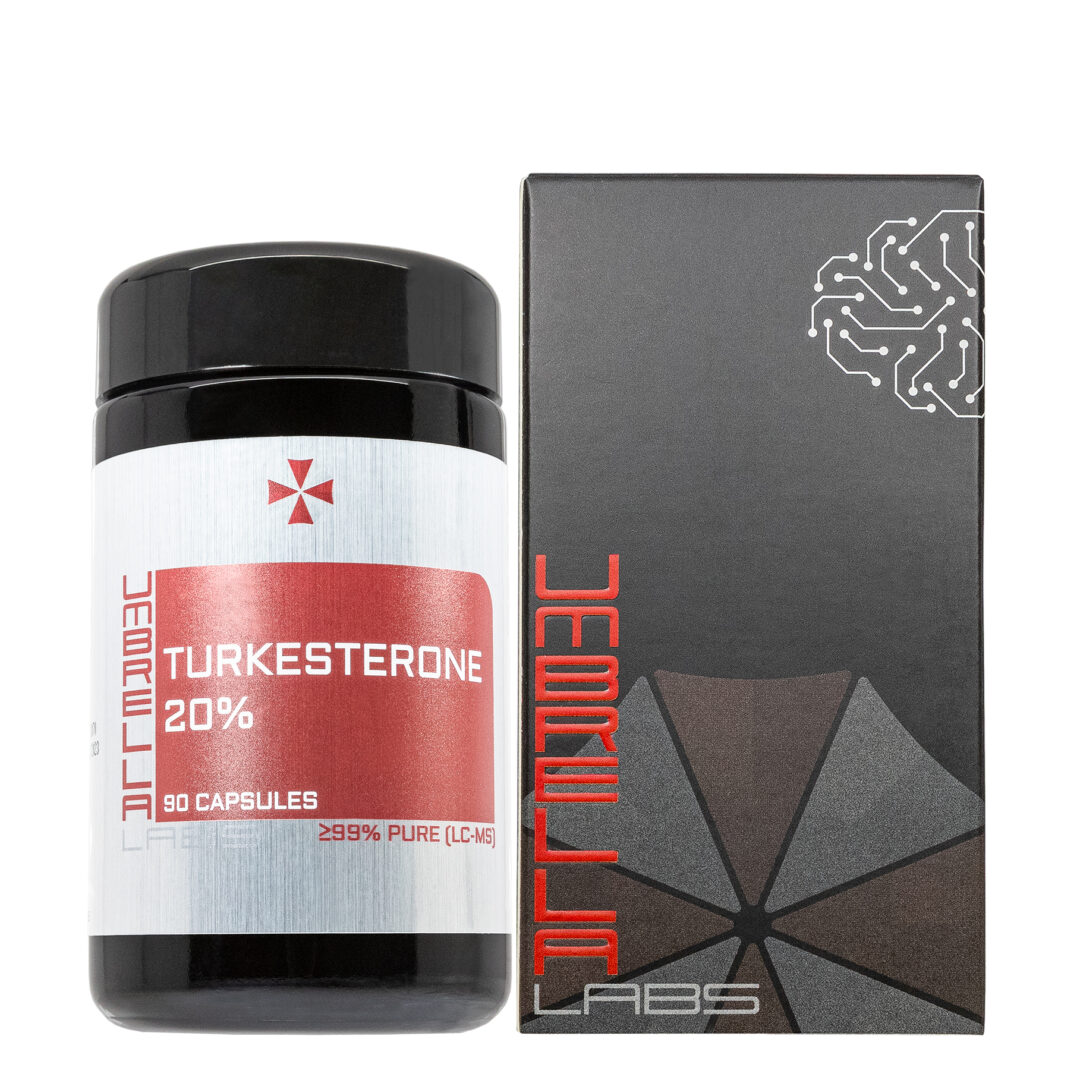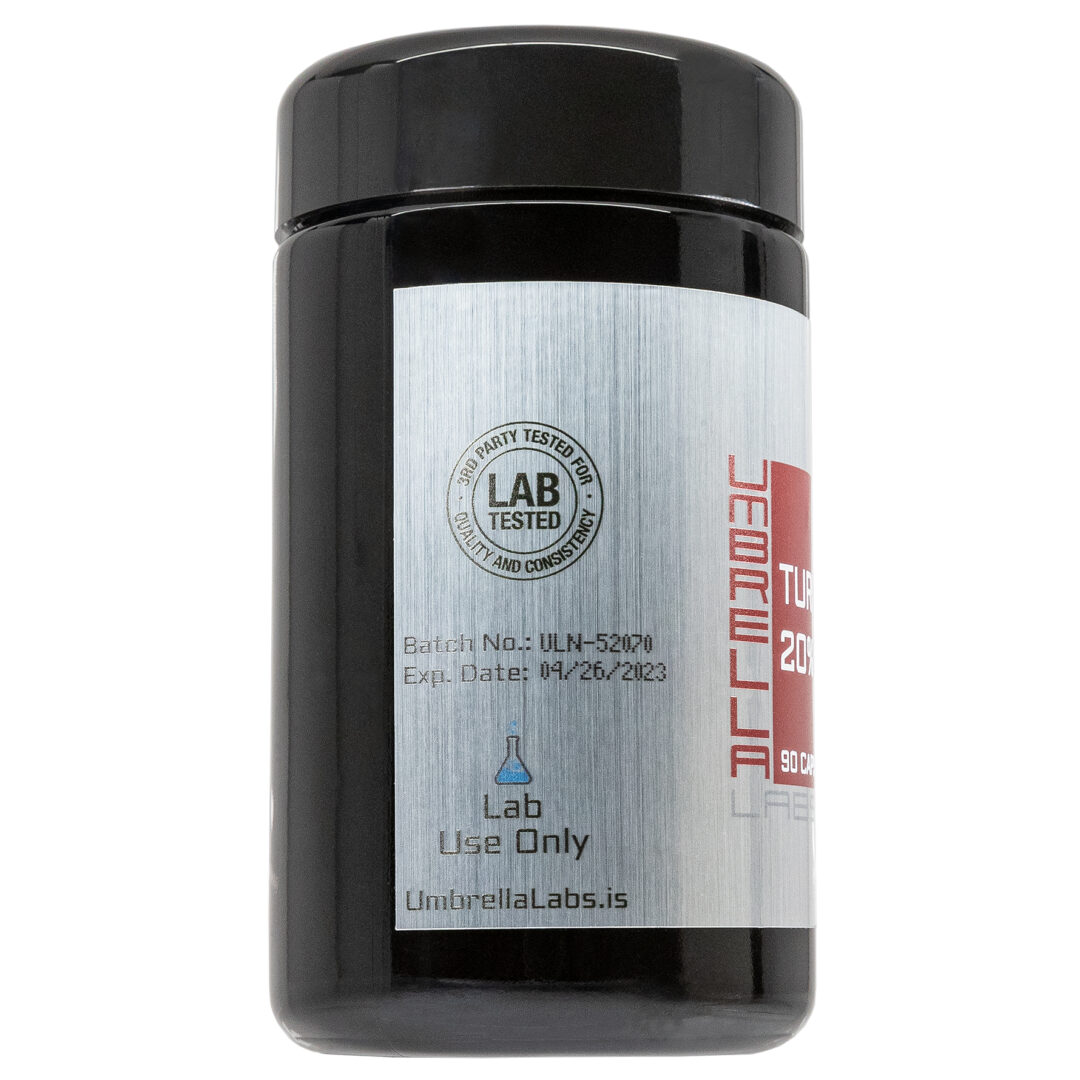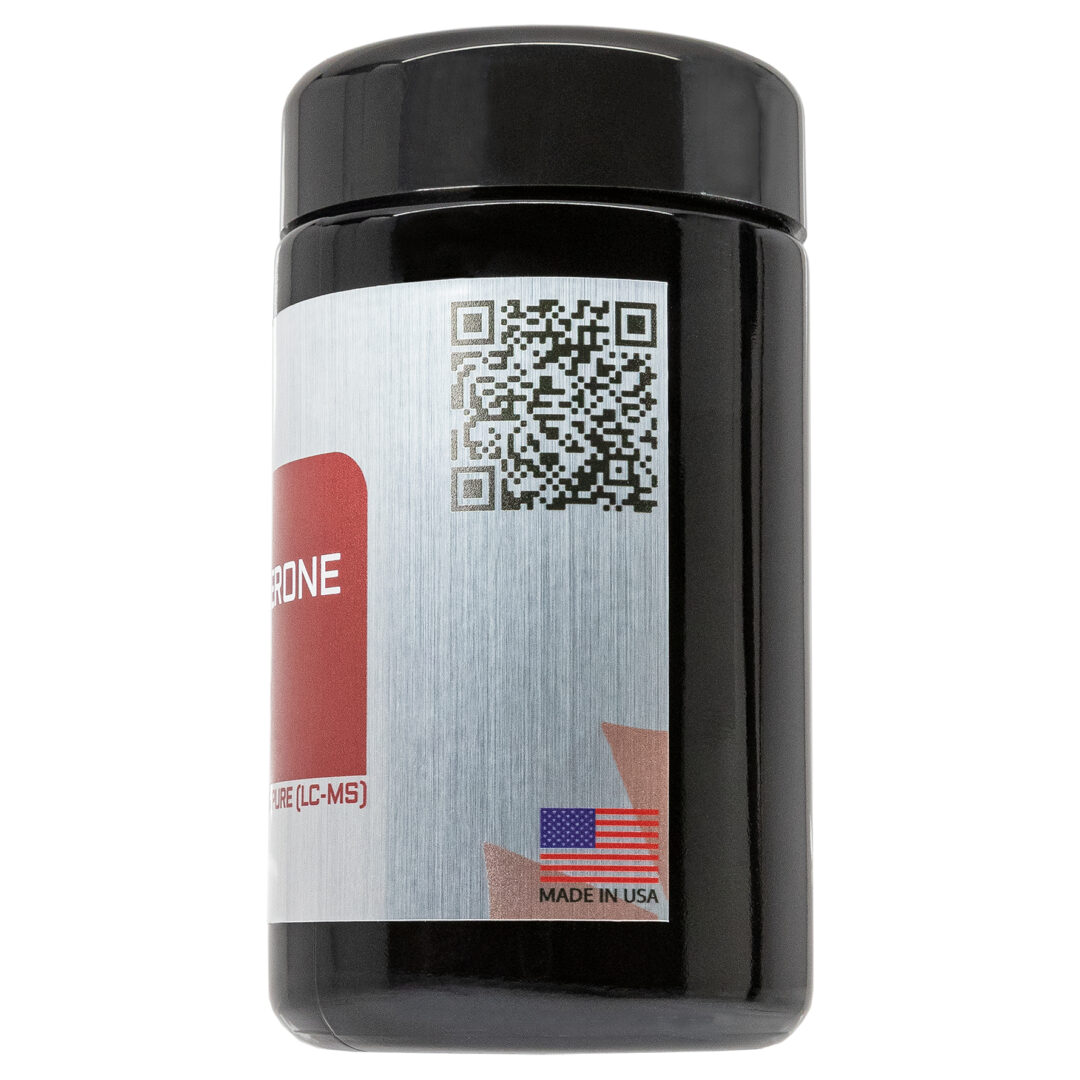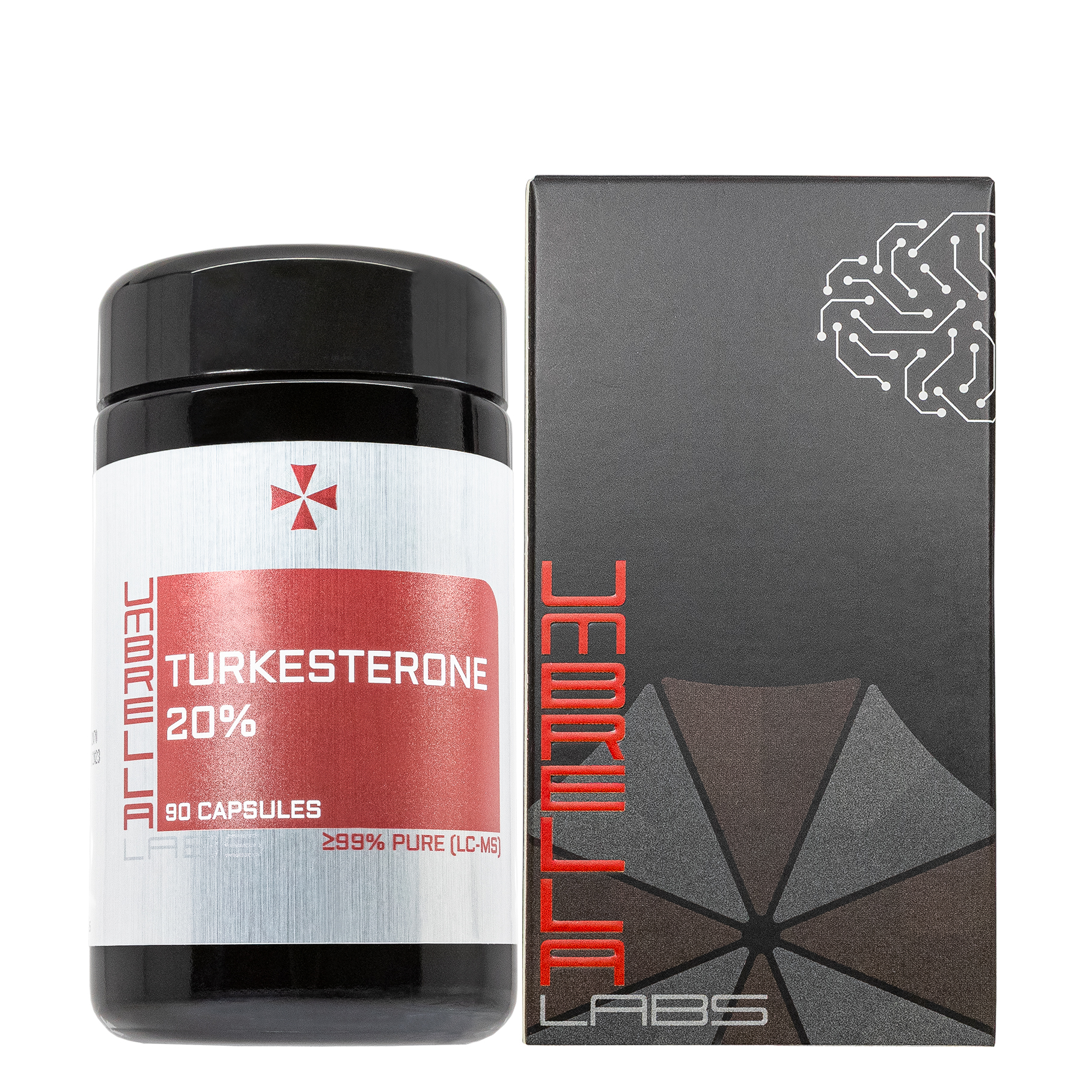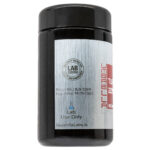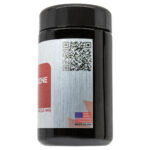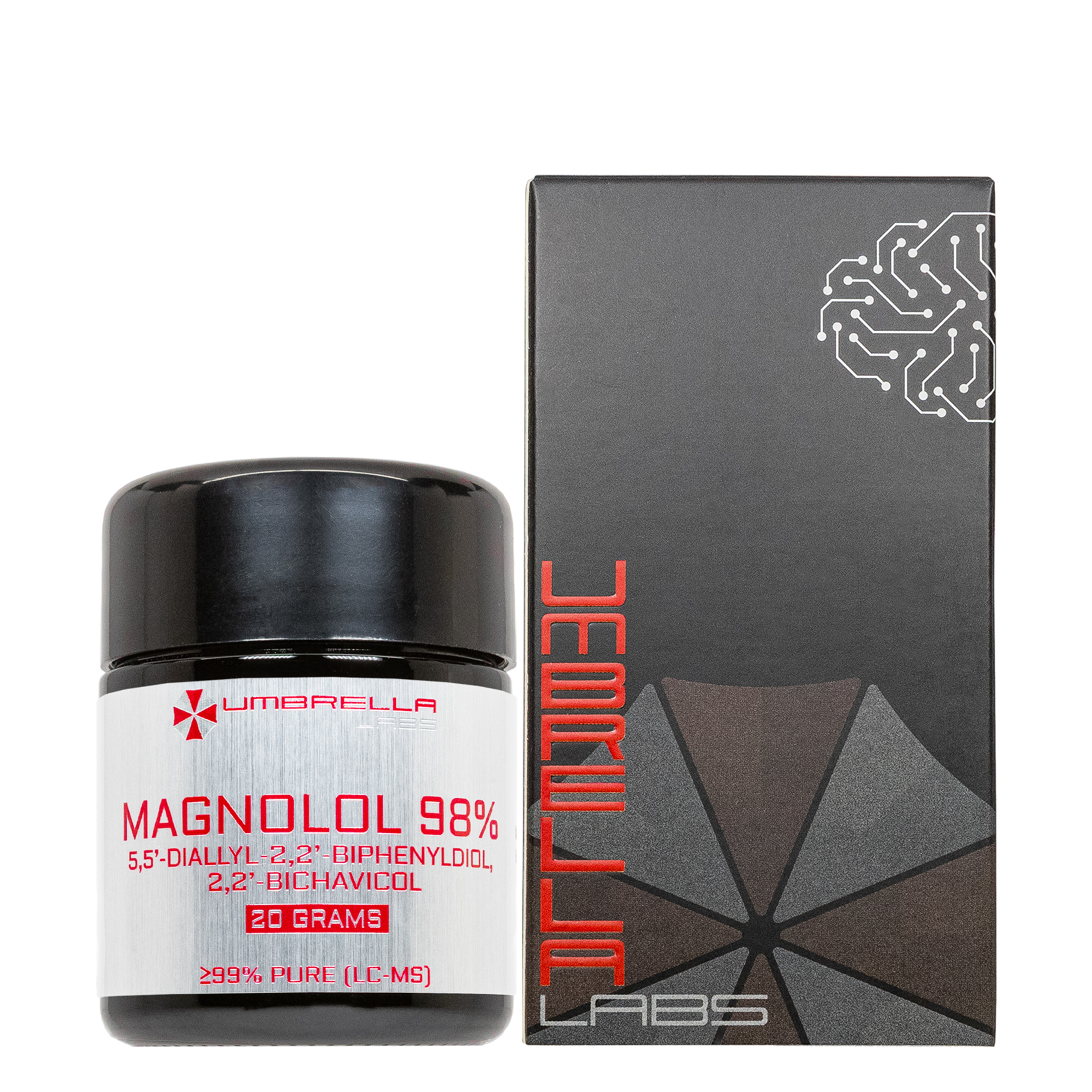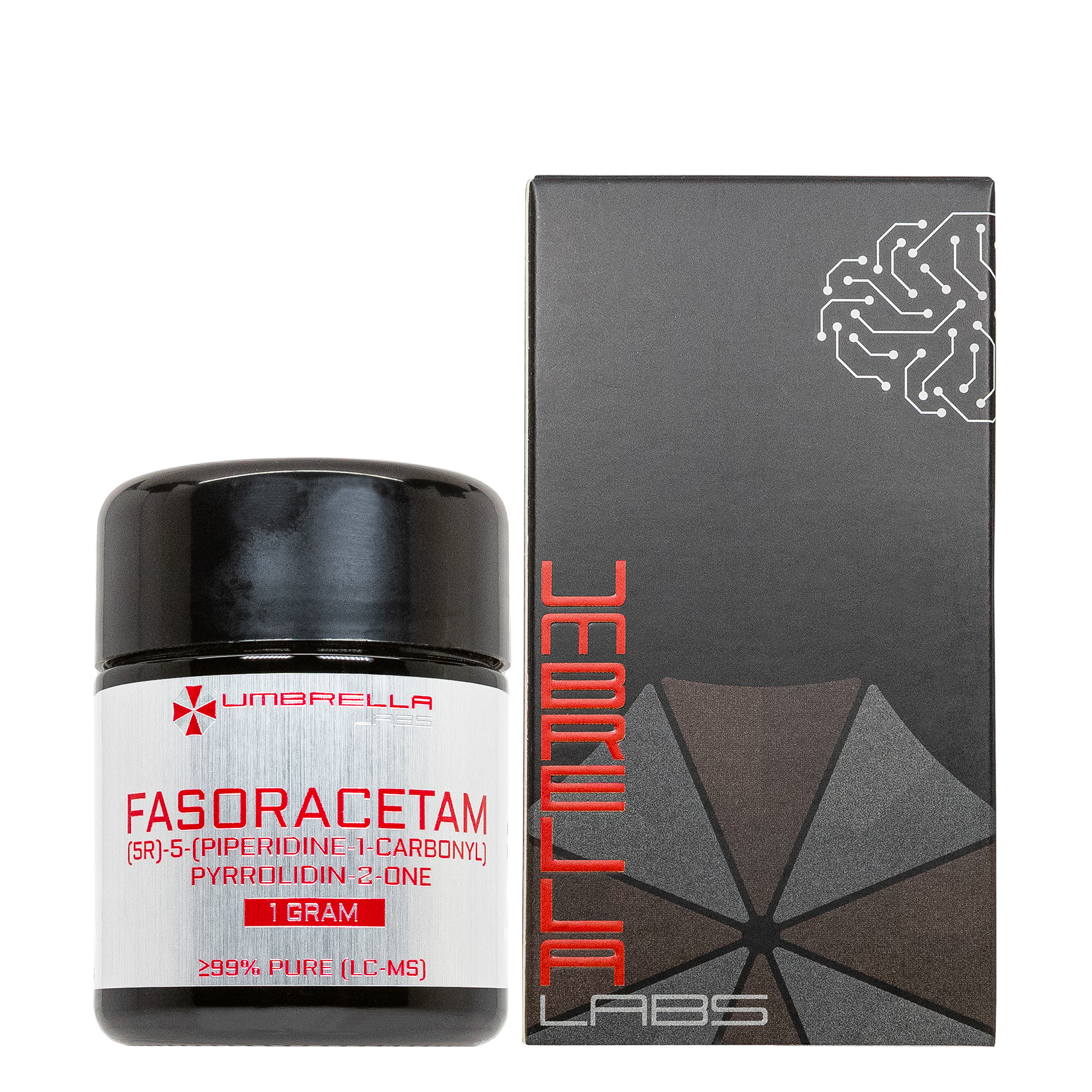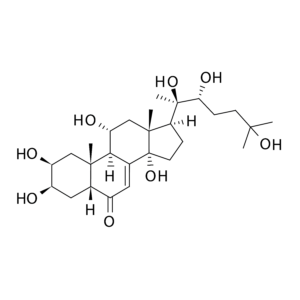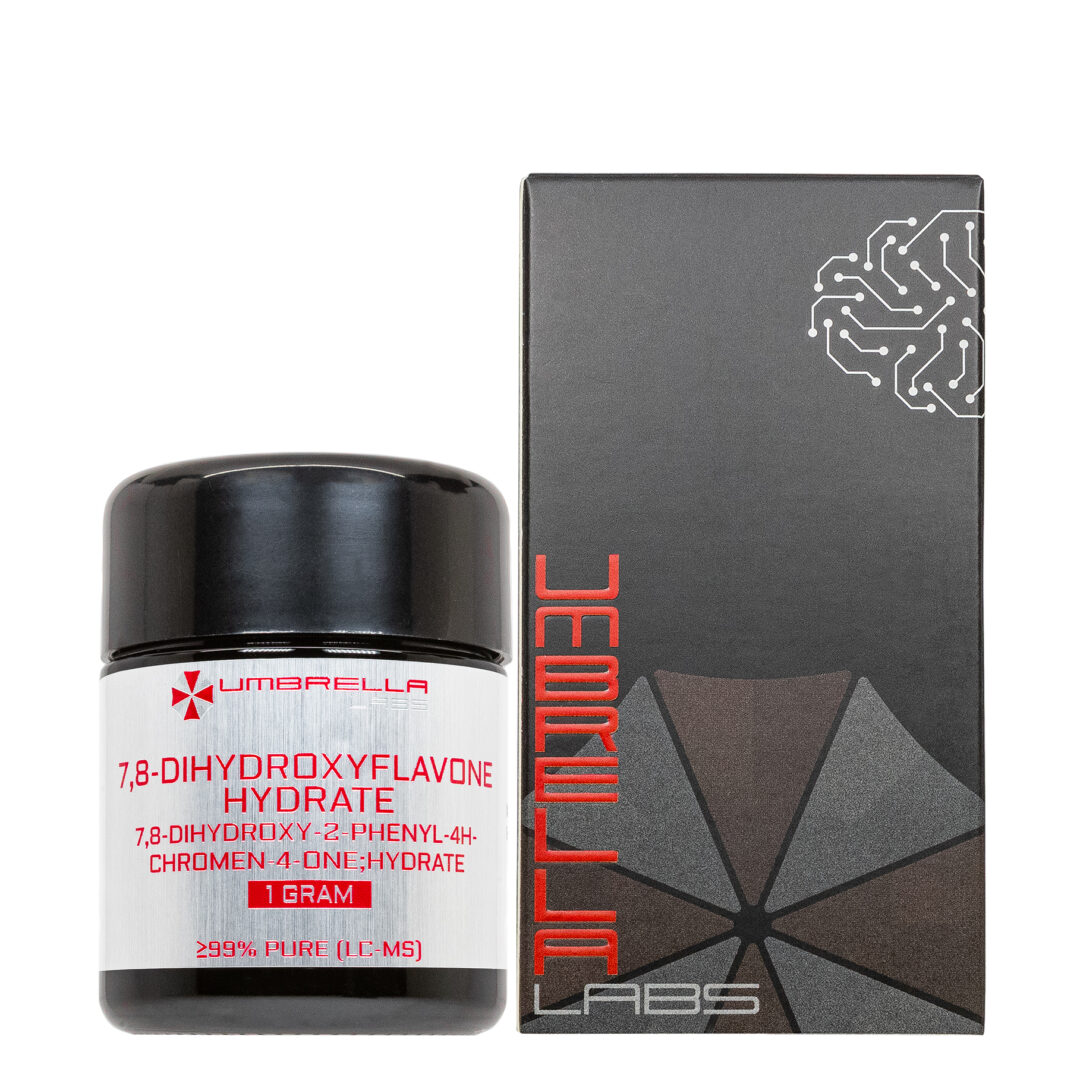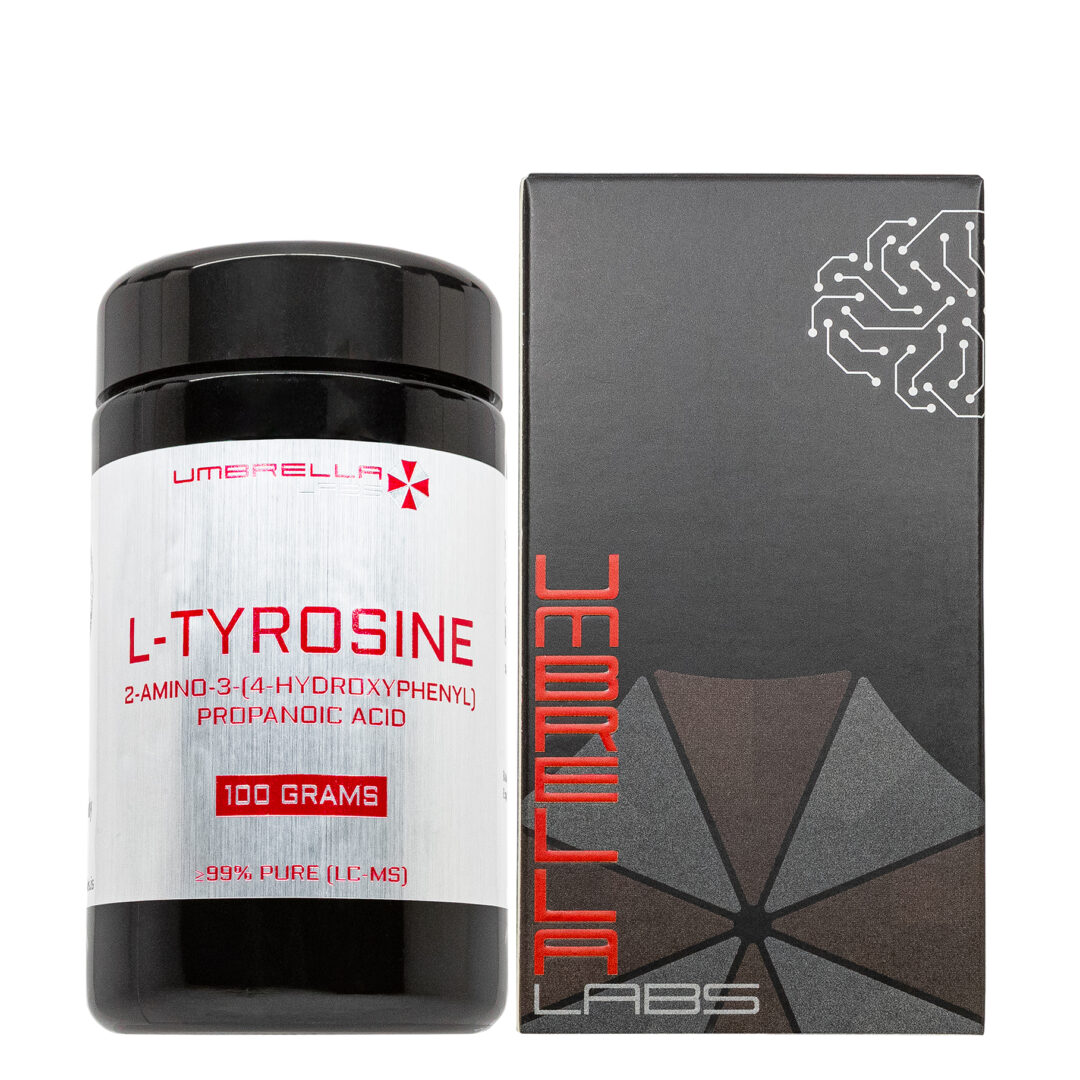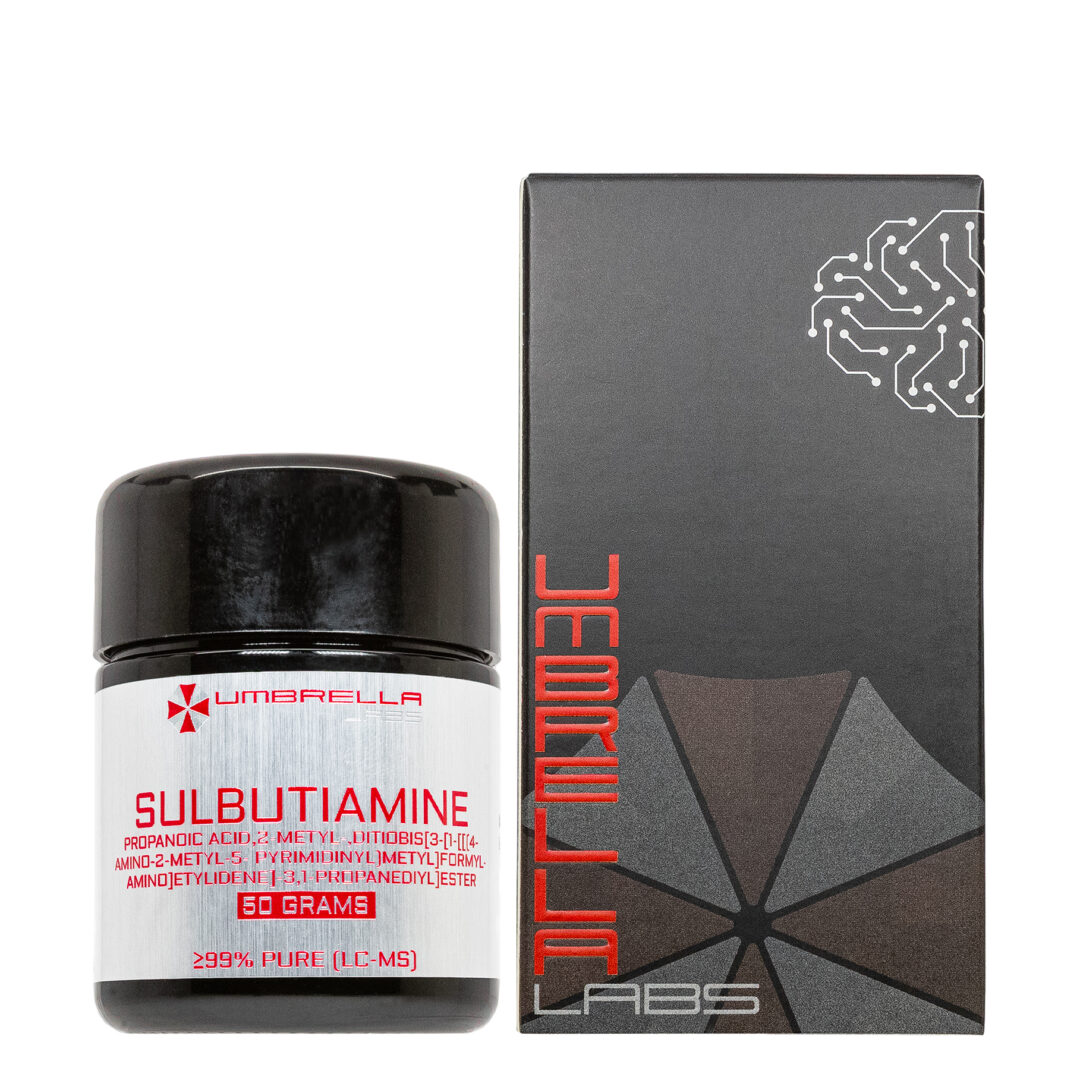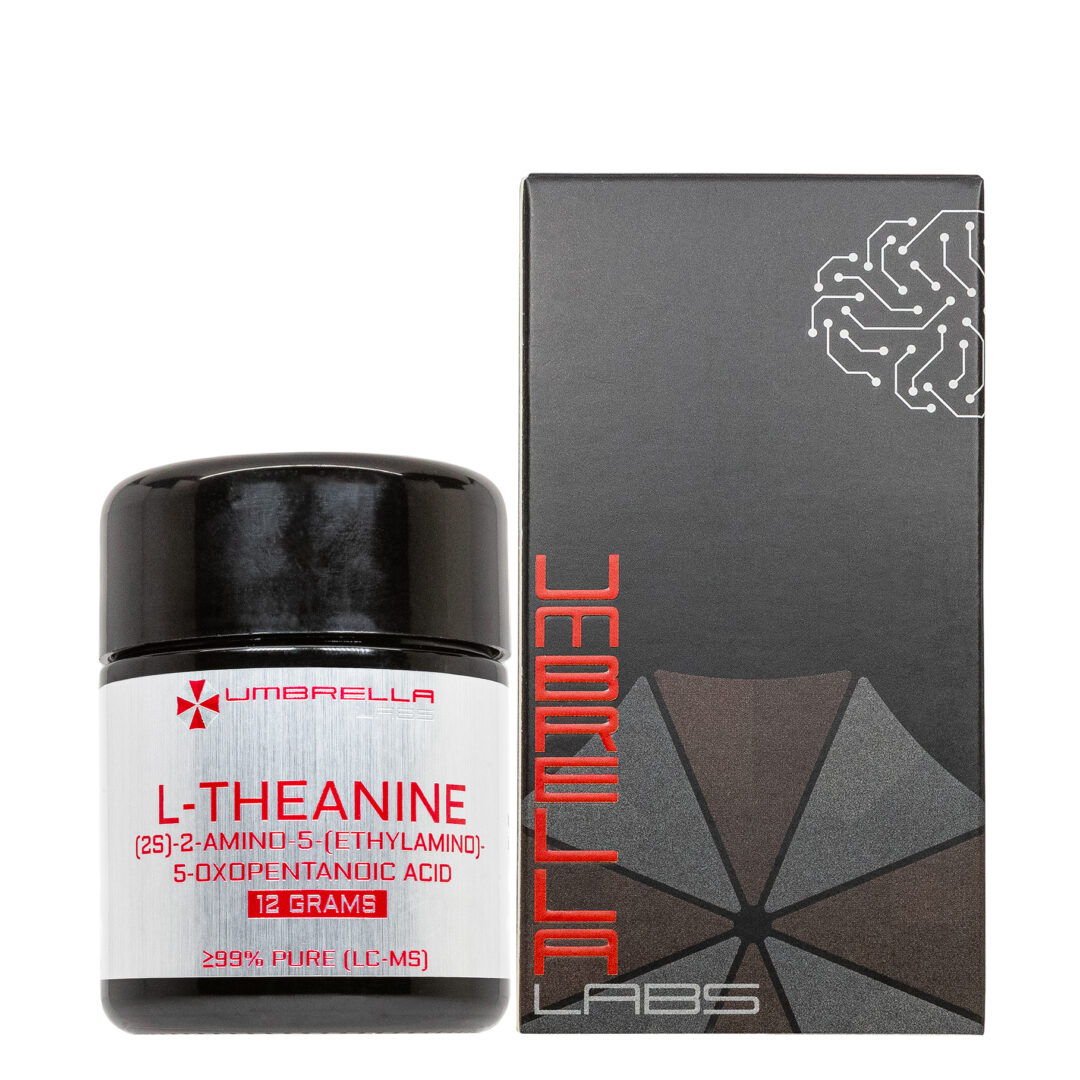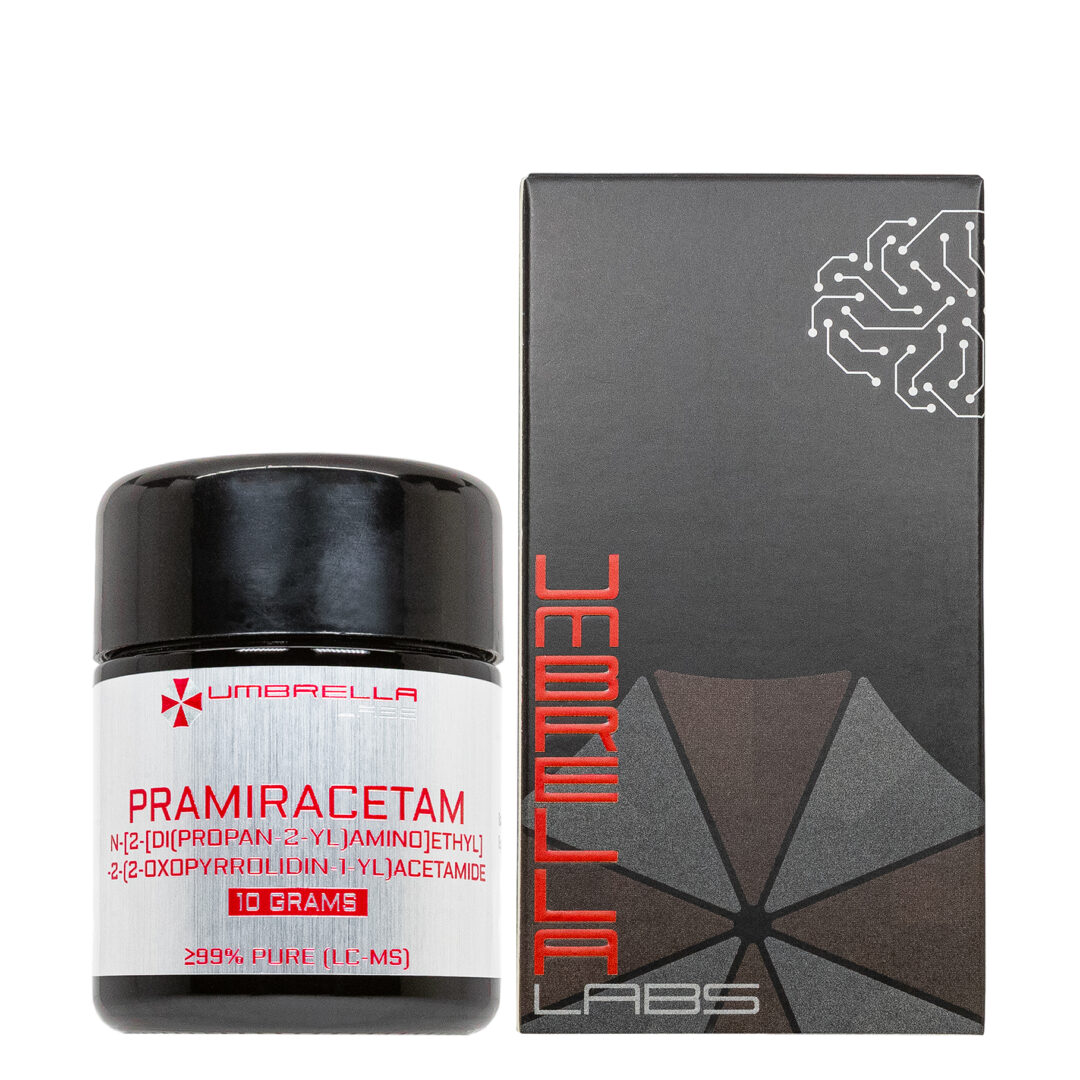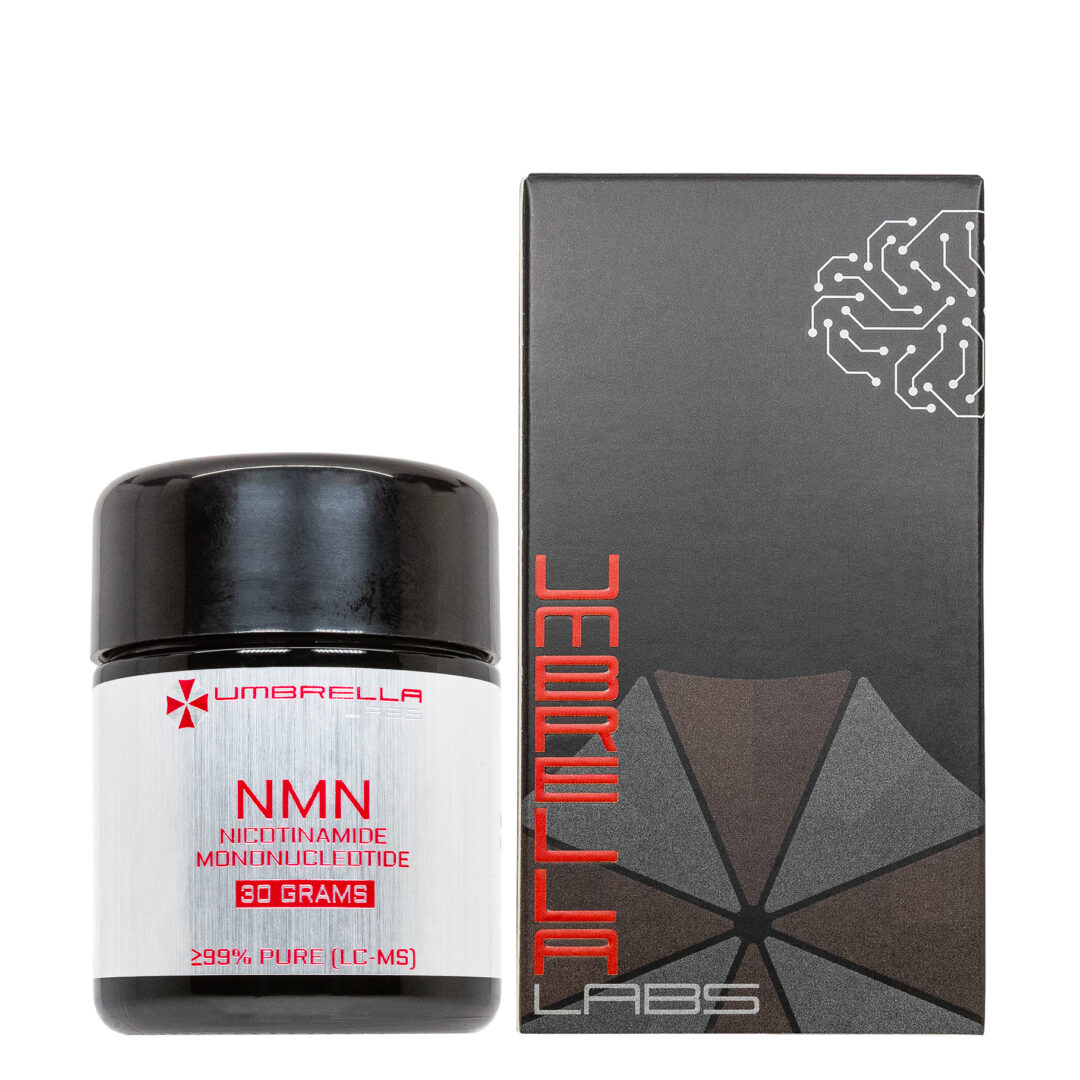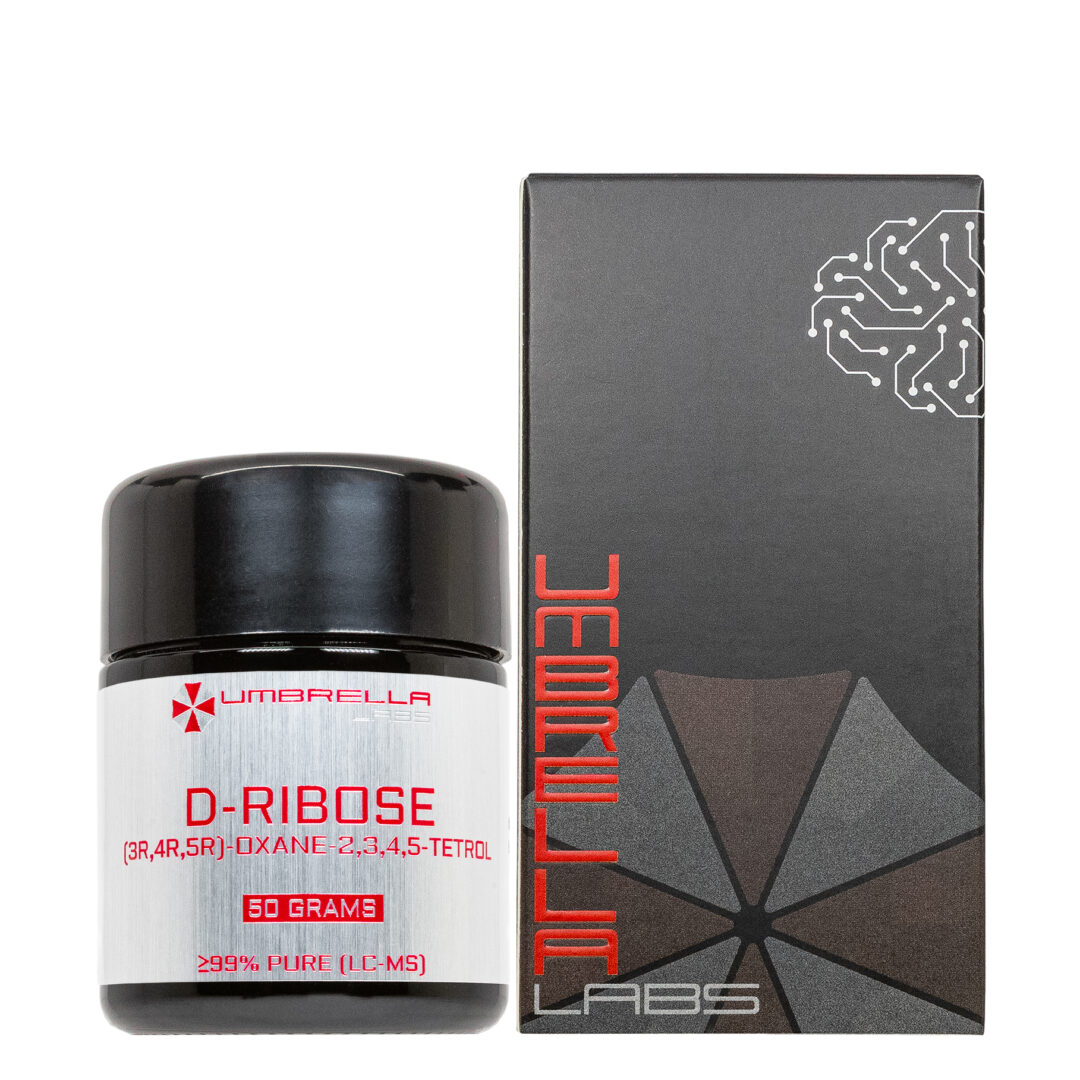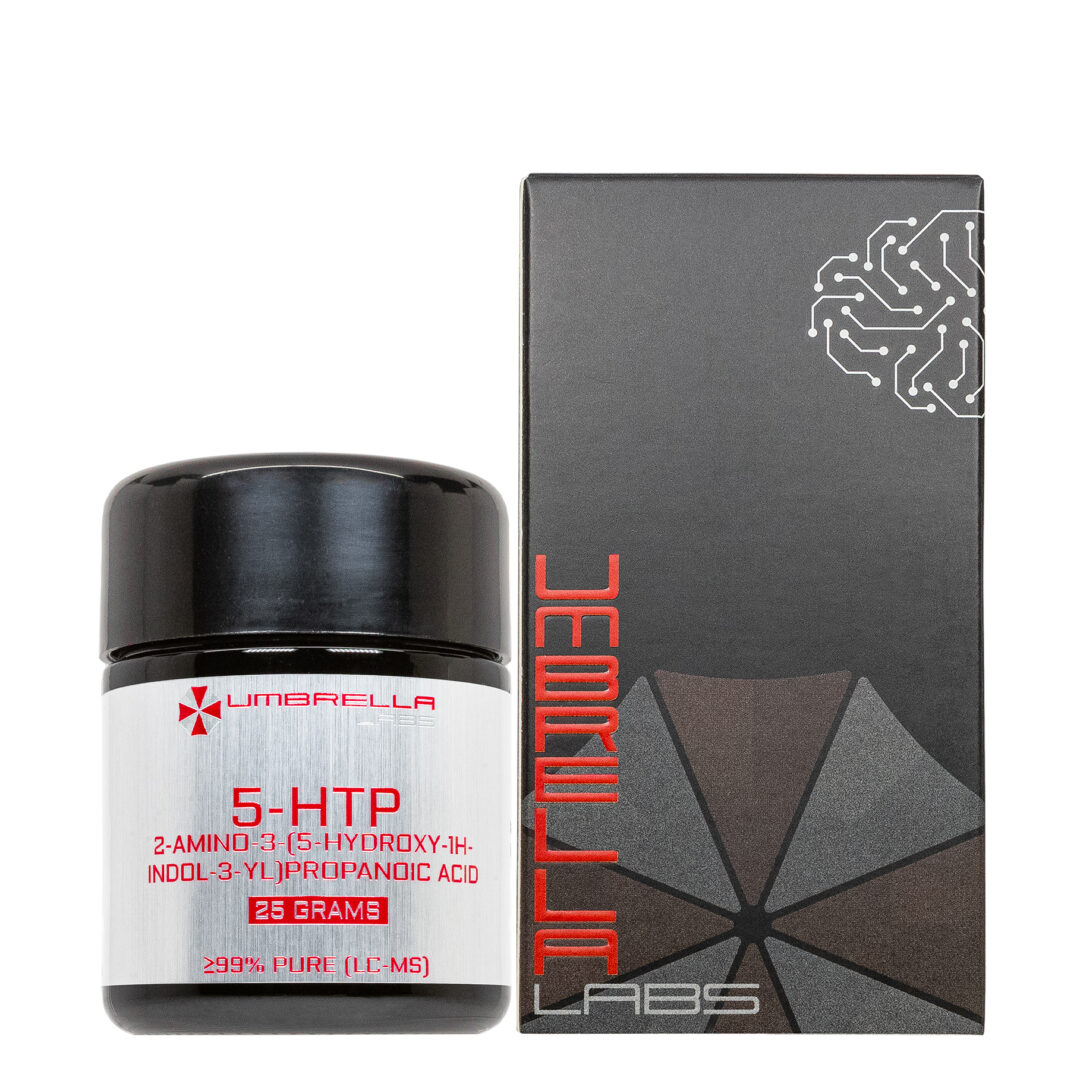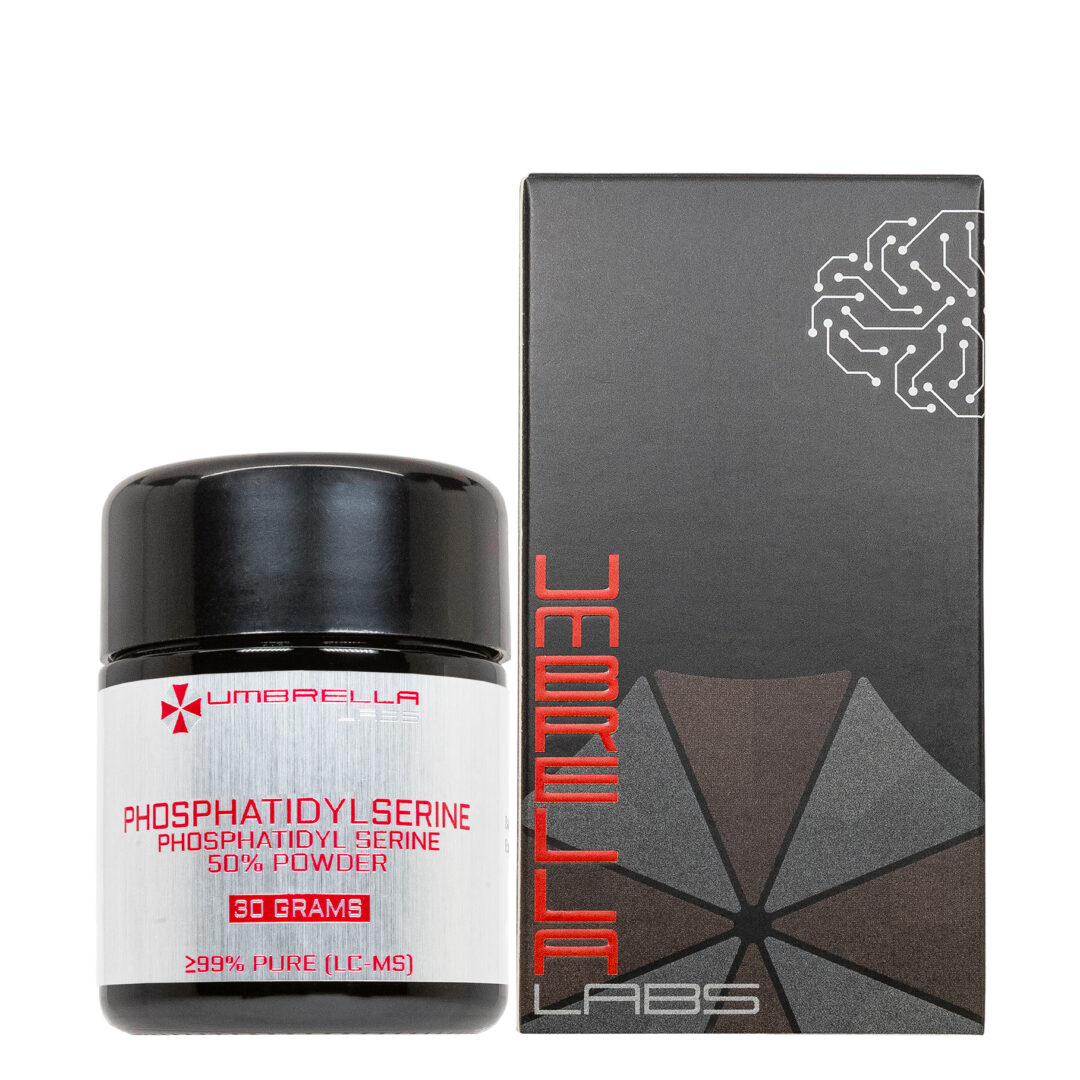TURKESTERONE 20% POWDER (90 CAPSULES)
$80.99
Turkesterone 20% is sold for laboratory research use only. Terms of sale apply. Not for human consumption, nor medical, veterinary, or household uses. Please familiarize yourself with our Terms & Conditions prior to ordering.
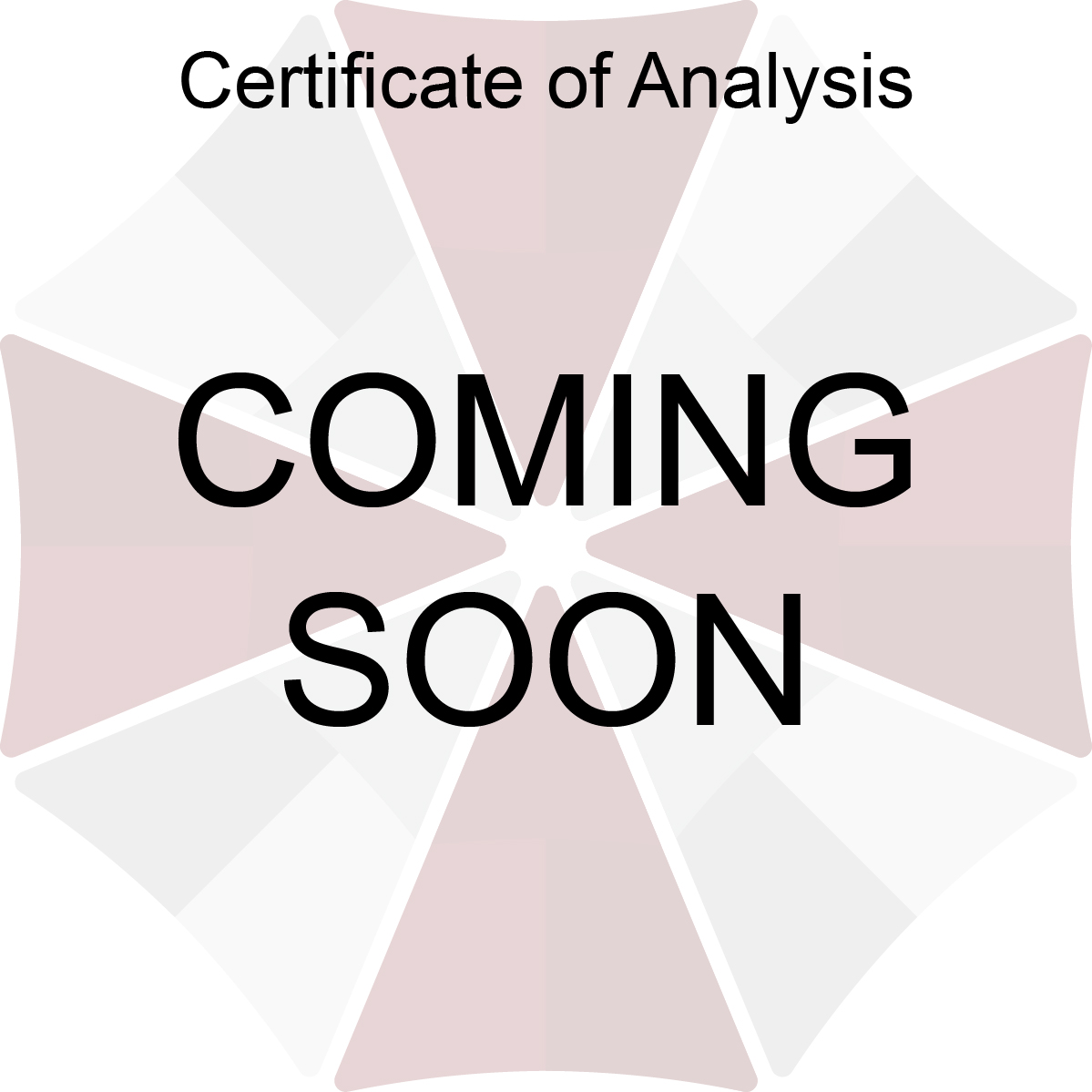
- Description
- Additional information
Description
Turkesterone 20% Nootropic Powder
![]()
![]()
![]()
![]()
![]()
![]()
![]()
![]()
| CAS Number | 41451-87-0 |
| Other Names | Turkesterone, 41451-87-0, UNII-53E6Z3F8ZG, 53E6Z3F8ZG |
| IUPAC Name | (2S,3R,5R,9R,10R,11R,13R,14S,17S)-2,3,11,14-tetrahydroxy-10,13-dimethyl-17-[(2R,3R)-2,3,6-trihydroxy-6-methylheptan-2-yl]-2,3,4,5,9,11,12,15,16,17-decahydro-1H-cyclopenta[a]phenanthren-6-one |
| Molecular Formula | C₂₇H₄₄O₈ |
| Molecular Weight | 496.6 |
| Purity | ≥99% Pure (LC-MS) |
| Liquid Availability | N/A |
| Powder Availability | |
| Gel Availability | N/A |
| Storage | Store in cool dry environment, away from direct sunlight. |
| Terms | All products are for laboratory developmental research USE ONLY. Products are not for human consumption. |
Characteristics of Turkesterone 20%
Turkesterone 20% is considered a phytoecdysteroid with an active 11𝞪-hydroxyl group that is comparable to the insect steroid hormone, 20-hydroxyecdysone. Ecdysteroids are considered the steroid hormone of arthropods, invertebrate phyla, and various plant species. Studies have found that ecdysteroids are capable of deterring invertebrate predators, however, they are more commonly known for their ability to regulate molting, metamorphosis, and reproduction in insects. The activity of ecdysteroids tends to be mediated by intracellular receptor complexes. An example of this mechanism is found in the Drosophila melanogaster, also known as the common fruit fly. In these organisms the receptor complex consists of the three isoforms of the ecdysteroid receptor (EcR) protein as well as the Ultraspiracle protein (Usp). The EcR protein has been shown to bind to the ligand with high affinity when joined with the Usp complex. That being said, recent studies have begun to examine how ecdysteroids assist in the development of insects based on the ligand/receptor relationship (https://www.ncbi.nlm.nih.gov/pmc/articles/PMC524646/).
Due to its role as a steroidal hormone that works to increase growth in plants and insects, researchers have been comparing the similarities between ecdysteroids and testosterone in animals. Ecdysteroids differ from testosterone as they do not bind to androgen receptors, meaning that there are no negative steroidal side effects. However, turkesterone 20% and many other phytoecdysteroids are considered adaptogenic, indicating that they naturally increase testosterone levels. Despite the different mechanisms of actions, the main goal of both of these compounds is to assist in muscle growth, recovery, and protein synthesis.
Effects of Turkesterone 20% on Muscle Growth and Protein Synthesis
Recent research has found the turkesterone 20% assists in muscle growth by increasing protein synthesis through the optimization of mRNA translation and promotion of leucine uptake into the skeletal muscle cells. Initial studies conducted by researchers Gorelick-Feldman et. Al found that treating the murine skeletal muscle cell line, C2C12, with an ecdysteroid resulted in positive anabolic effects and a 20 % increase in protein synthesis. However, rodents lack a receptor that is similar to the EcR protein found in plants and insects. This indicates that ecdysteroids increase anabolism and protein synthesis through different pathways in plants and mammals. While the researchers were unsure of the primary mechanism of action of ecdysteroids in mammals, the findings of their work noted that in addition to increasing protein synthesis, the ecdysteroids elicited non-genomic signaling events in order to regulate cell proliferation and survival. The elicited cellular responses were related to increased levels of Ca2+ and cAMP.
More recent research by Gorelick-Feldman et. Al attempts to explain the mechanism through which ecdysteroids work in mammals. Experimentation began by administering a common ecdysteroid in order to observe its effects on the mouse skeletal muscle line, C2C12. In support of the finding from the previous study, administration of the ecdysteroid to the mice led to an increase in intracellular calcium within seconds and resulted in sustained Akt activation over a 2 hour period as well as increased protein synthesis. These effects were reversed when the subject was given a G-protein inhibitor, suggesting that ecdysteroid work in mammals through a G-protein-dependent pathway (https://www.sciencedirect.com/science/article/abs/pii/S0039128X10000760).
Furthermore, the increase in protein synthesis resulted in a positive nitrogen balance that assists in preventing muscle breakdown. A study conducted in pigs examined how ecdysteroids affected muscle growth and protein synthesis. The results of the feeding experiment reported that there was a high significance (P/-0.01) of protein deposition, leading to a 12-16% increase in body weight despite an 11-17% decrease in food consumed.
Additional research suggests that ecdysteroids such as turkesterone 20% are able to increase levels of ATP in the muscles. Research conducted by Kholodova et. Al examines the relationship between vitamin D3 and the administration of a common ecdysteroid in skeletal muscle cells of rats. Evidence has found that when vitamin D deficiency develops in the rats, there is a resulting decrease in metabolites such as ATP, carnosine, and creatine phosphate. The administration of the ecdysteroid helped to effectively increase the levels of these metabolites through the skeletal muscle cells, as well as help to regulate calcium content. These results indicate that the presence of turkesterone will lead to increased muscular energy and endurance (https://europepmc.org/article/med/9505354).
The nootropics sold by Umbrella Labs are sold for laboratory research only. The description above is not medical advice and is for informative purposes only.
Turkesterone 20% is sold for laboratory research use only. Terms of sale apply. Not for human consumption, nor medical, veterinary, or household uses. Please familiarize yourself with our Terms & Conditions prior to ordering.
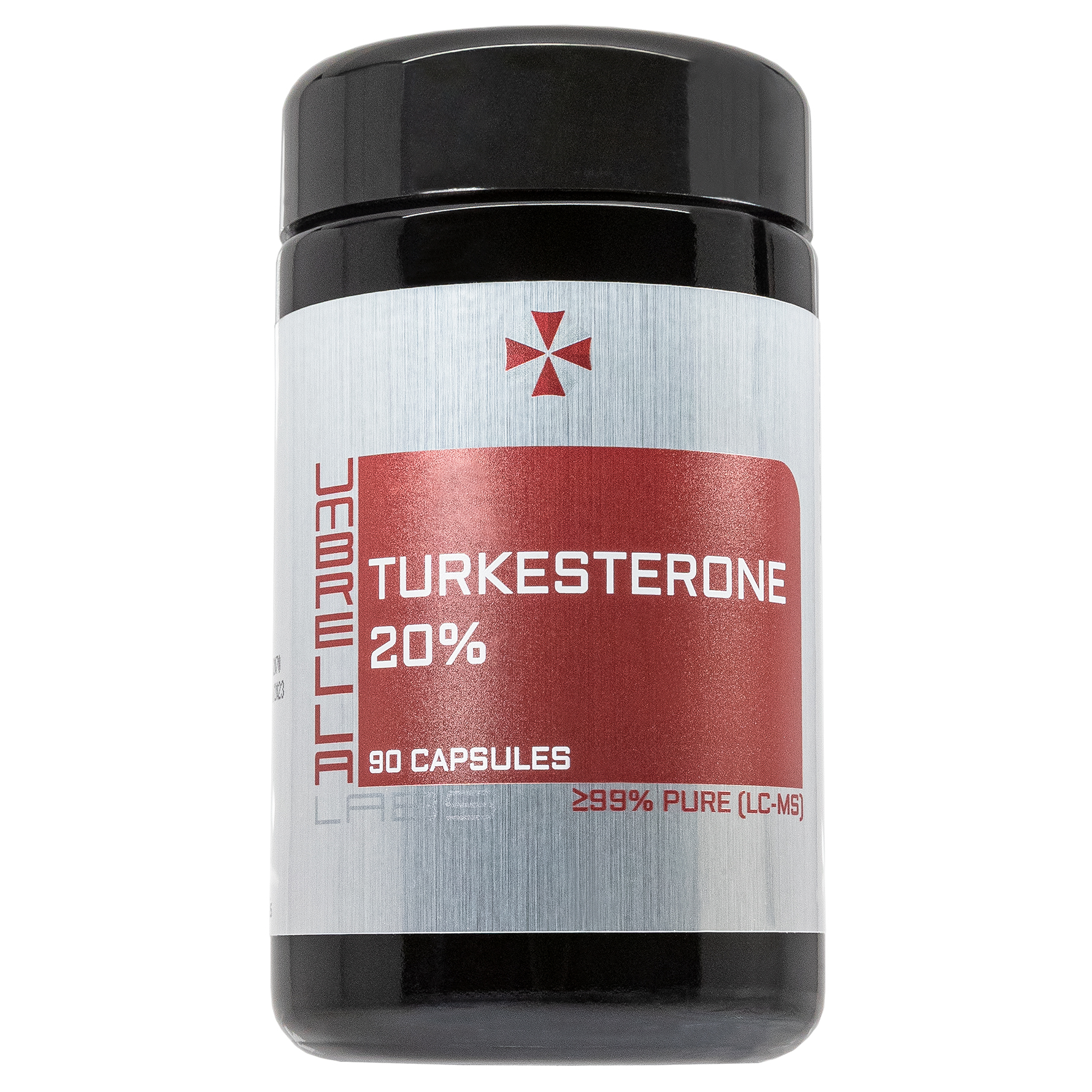
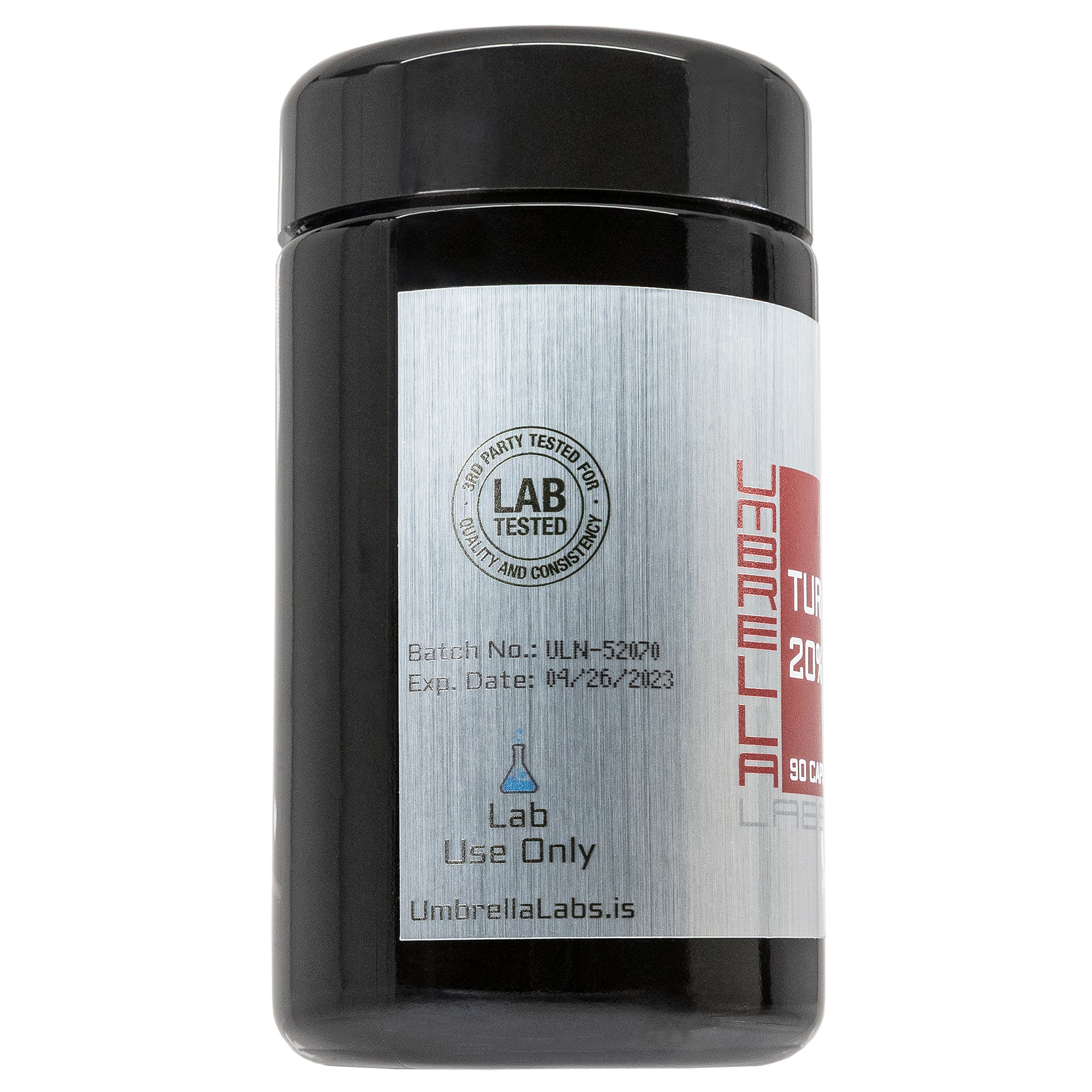
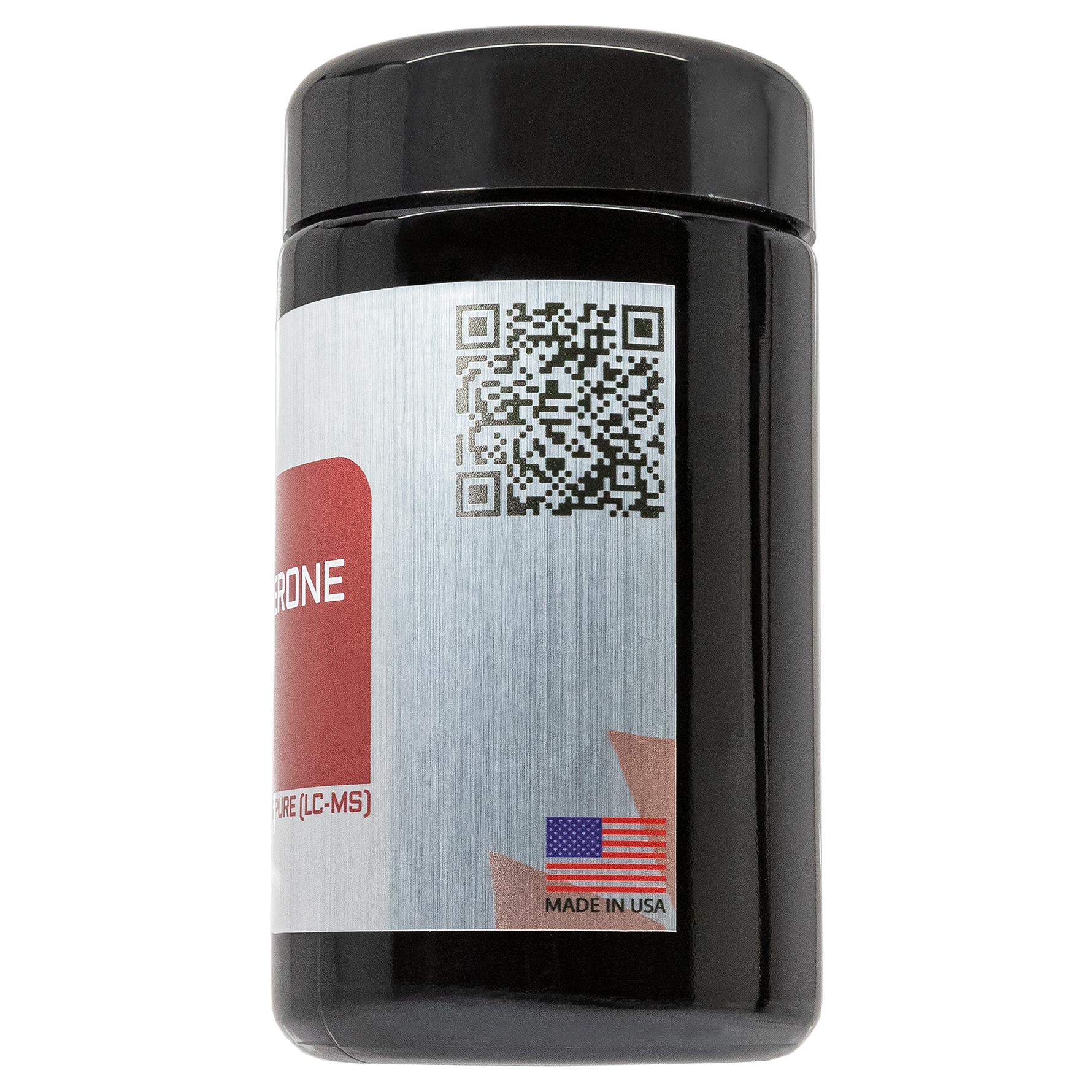
| File Name | View/Download |
| Coming Soon! |
VIEW CERTIFICATES OF ANALYSIS (COA)
Additional information
| Weight | 1 oz |
|---|---|
| Dimensions | 0.5 × 0.5 × 1 in |

